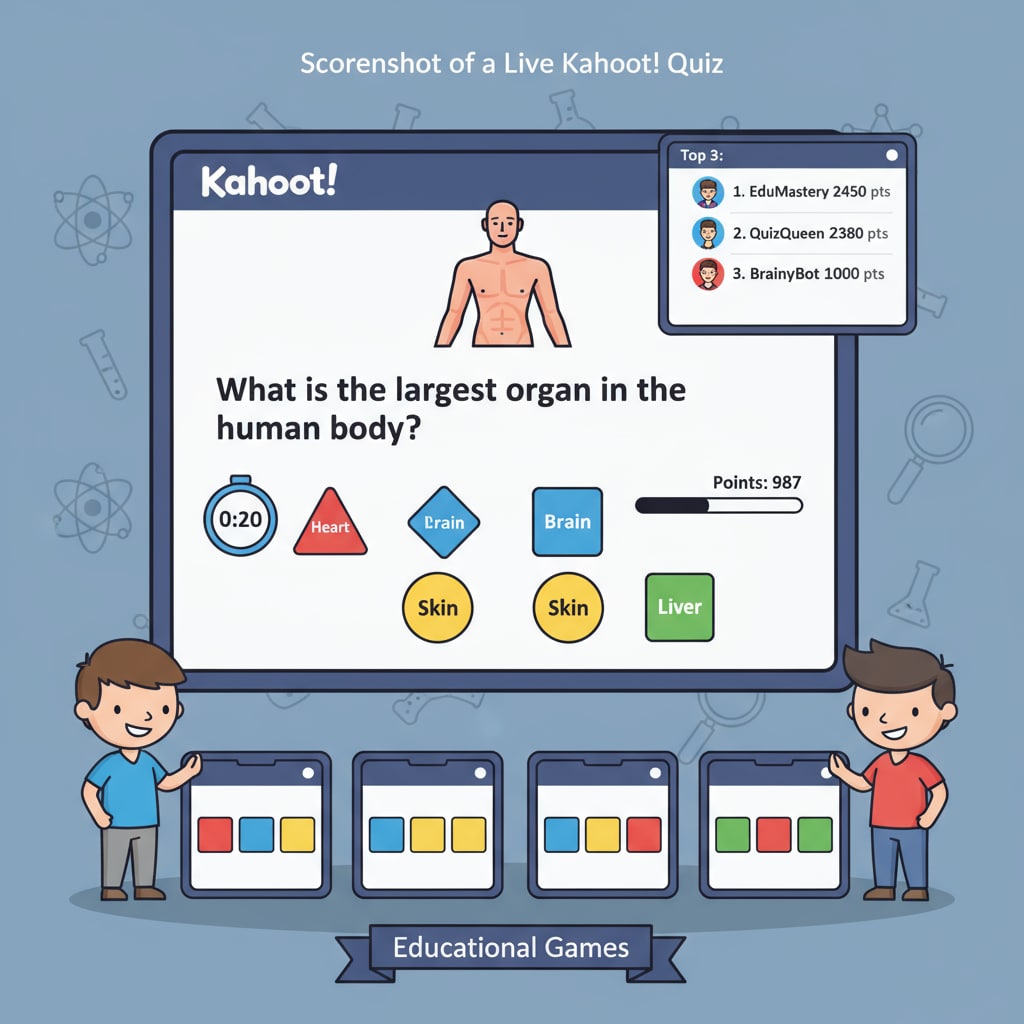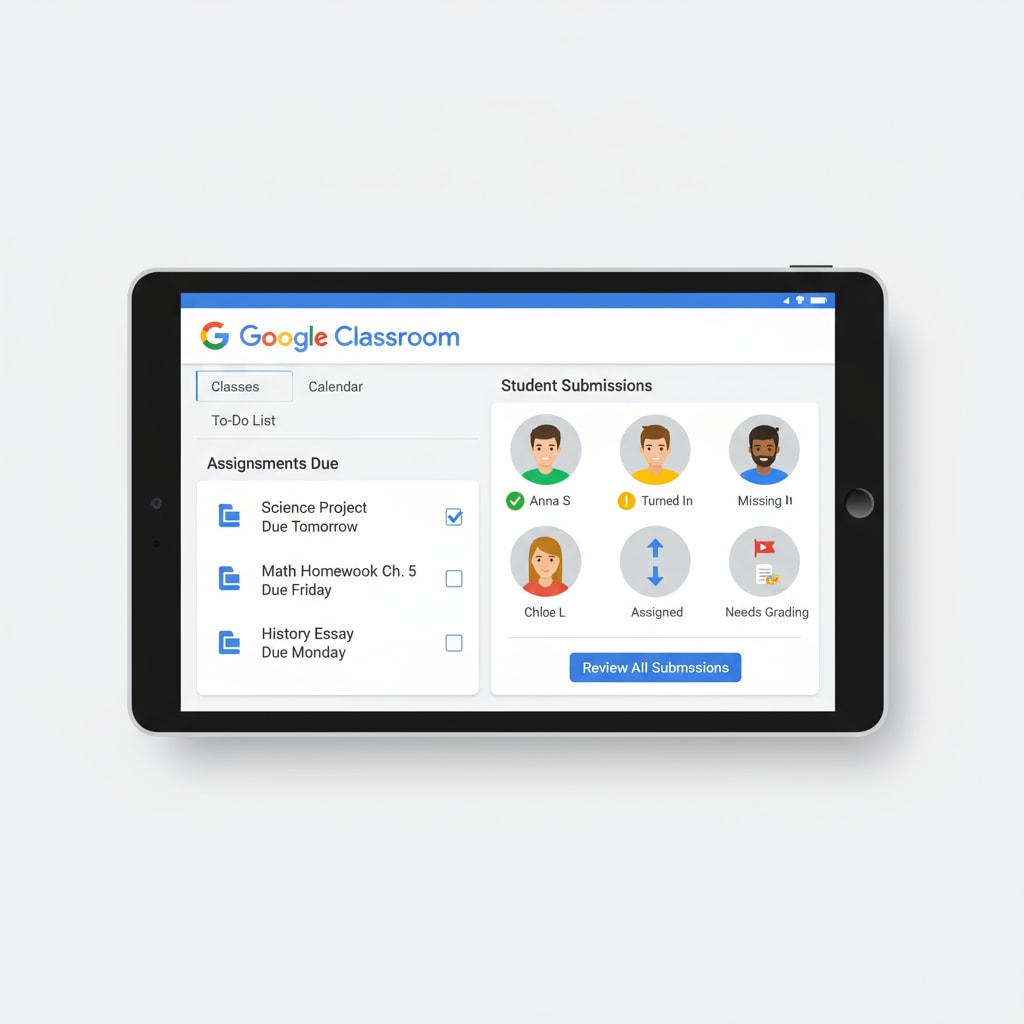In the era of digital transformation, educational technology has become an integral part of classroom learning, significantly influencing student engagement. As the use of technology in education expands, it’s crucial for teachers to select tools that enhance rather than complicate the teaching process. This article will introduce five educational technology tools that have been proven to boost student participation and comprehension, along with practical strategies for integrating them into the classroom.
1. Kahoot!
Kahoot! is a game-based learning platform that makes classroom learning fun and interactive. Teachers can create quizzes, surveys, and discussions, which students can participate in using their mobile devices. The competitive nature of Kahoot! encourages students to engage actively, as they strive to answer questions correctly and climb to the top of the leaderboard. For example, a history teacher can create a Kahoot! quiz about historical events, turning a potentially dull topic into an exciting learning experience. Learn more about Kahoot! on Wikipedia

2. Google Classroom
Google Classroom simplifies the process of managing classroom activities. It allows teachers to create, distribute, and grade assignments, all in one place. Students can easily access course materials, submit their work, and communicate with their teachers and classmates. This tool enhances student engagement by providing a centralized platform for learning. For instance, an English teacher can use Google Classroom to assign essays, provide feedback, and facilitate discussions. Read about Google Classroom on Britannica

3. Nearpod
Nearpod is an all-in-one platform that offers interactive lessons, virtual reality experiences, and assessments. Teachers can create engaging lessons with multimedia elements, and students can interact with the content in real-time. The platform also provides valuable insights into student understanding, enabling teachers to adjust their teaching accordingly. A science teacher could use Nearpod to take students on a virtual tour of a cell, enhancing their understanding of complex biological concepts.
4. Padlet
Padlet is a digital wall where teachers and students can share ideas, resources, and feedback. It’s a great tool for promoting collaboration and student engagement. Teachers can create different pads for various topics, and students can contribute by posting text, images, or links. For example, in a literature class, students can use Padlet to share their interpretations of a novel, fostering a rich discussion.
5. Screencastify
Screencastify allows teachers to create video tutorials and demonstrations. This tool is especially useful for flipped classrooms, where students can watch pre-recorded lessons at home. Teachers can also use it to provide personalized feedback on assignments. For instance, a math teacher can record a video explaining a difficult concept, which students can review at their own pace.
Readability guidance: These tools offer diverse ways to enhance educational technology in the classroom, promoting student engagement and improving learning outcomes. By integrating these tools into teaching, educators can create more dynamic and effective learning environments. Each tool has its unique features that can be tailored to different subjects and teaching styles. Teachers should explore these options to find the ones that best suit their classroom needs.


